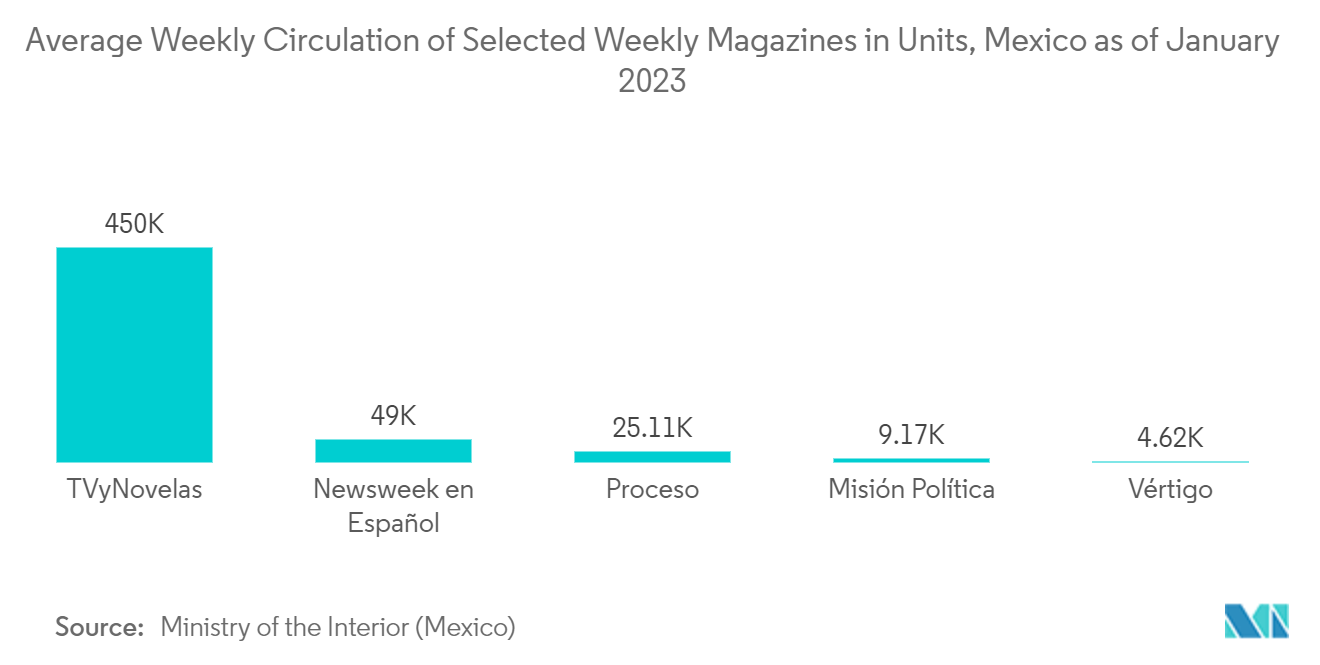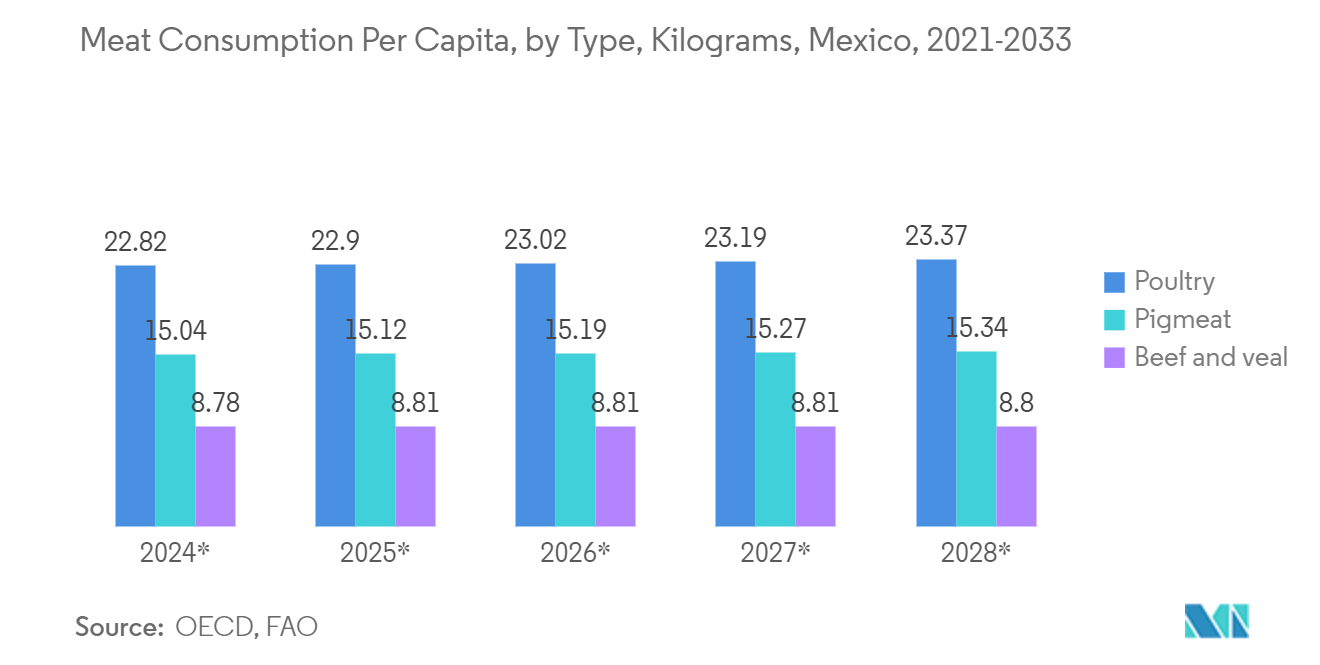Market Trends of Mexico Commercial Printing Industry
Offset Lithography to Hold Major Market Share
- Offset lithography is a printing technique that transfers an image from an aluminum roller onto a rubber roller with paint to the final paper. It is the preferred commercial or high-volume printing method (mass production), as it produces fewer emissions and wastage and has a lower per-unit cost.
- One of the main advantages of offset printing is the low cost of high-quality prints. It is less expensive than intaglio and photomechanical methods. Making the metal plates and setting up the equipment requires extra work, but it's worth it for high-volume jobs to speed things up with this technology.
- Offset Lithography can use special custom inks, such as metallic and Pantone colors, which is particularly valuable for Mexican brands seeking to differentiate their products through designs. These unique inks enhance the visual appeal and brand recognition, especially in competitive markets where standing out on the shelf is crucial.
- The offset lithography press is essential for end-user consumer products, ranging from commercial applications, like printed books, magazines, journals, and reading material, to the packaging industry. Most offset printing applications are complex to replace with any substitute from printing presses, owing to their unique printing technology and enhanced features.
- According to the Ministry of the Interior in Mexico, as of 2023, Newsweek en Español, under Grupo Editorial Via Satélite, S.A. de C.V., boasted a weekly circulation of 49thousand in Mexico. In comparison, TVyNovelas, a telenovela digest from Televisa, reached a circulation of 450 thousand.

Packaging to Witness Major Growth
- Mexico's strategic positioning boasts two vital gateways: the Pacific Ocean to the West and the Gulf of Mexico to the East, making it a global hub for production and trade. Mexico has entered into agreements with various economies and international bodies to bolster global trade. The inaugural Latin American nation joined the Asia-Pacific Economic Cooperation (APEC).
- Furthermore, Mexico inked the North American Free Trade Agreement (NAFTA), a pact that offered favorable tariff conditions and not only provided favorable tariff conditions but also slashed company inventory, shipping, and transportation expenses. These geographical advantages have bolstered Mexico's packaging activities and underscored the need for diverse printing methods.
- In addition, packaging plays a pivotal role in Mexico's burgeoning economy. Whether for small artisanal goods or large industrial products, printed packaging enhances its appeal, enticing buyers. Notably, the market is increasingly driven by a focus on environmentally friendly printing and packaging.
- Latin America's increasing investments across diverse industries drive a surge in demand for packaging solutions, with a pronounced need for printing services. This uptick is notably bolstering the market for flexible packaging, especially with the growth of the processed food sector. Notably, the primary end-user segments of meat, poultry, and frozen foods are witnessing a substantial demand for innovative packaging solutions. Consequently, numerous package printing manufacturers are actively bolstering their presence in Mexico.
- According to the OECD, in 2023, per capita poultry consumption in Mexico was 22.66 kilograms. During that year, poultry was the most consumed meat in Mexico of all types.


